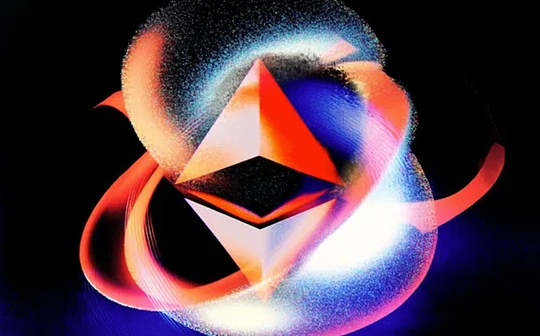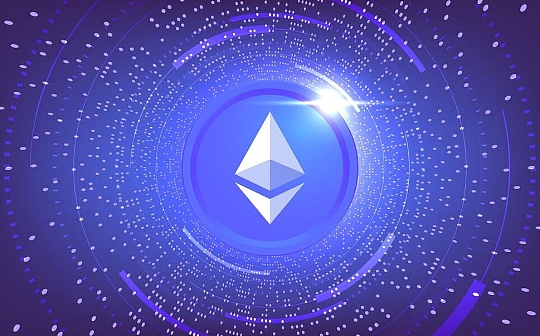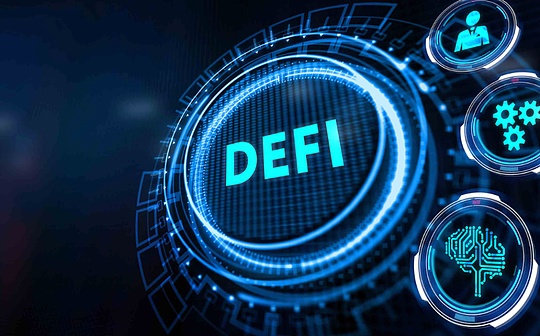
Source: Daoshuo Blockchain
In the past two days, a new Ethereum second-layer expansion project, MegaETH, suddenly became popular. The main reason for its popularity is its luxurious investment lineup. Large investors including Vitalik and a number of well-known venture capital investors have invested in this project..
A friend mentioned this project to me about a month ago.At that time, I didn’t find much information when I looked at this project, which still didn’t understand some details.After reading this time, its information will be much more detailed.
There are two things that impressed me deeply about this project:
First, it is the first Ethereum second layer extension to propose specific performance indicators.
Second, in the white paper, it lists the methods and means of expanding blockchain (including Ethereum’s second layer) in detail, and provides experimental data to prove some important details (such as bottlenecks that affect performance).
Regarding the performance of Ethereum’s second layer expansion, in my impression, at least in the past few years, although it is also one of the important indicators emphasized by various project parties, many times, each project party mainly focuses on specific performance improvements.a certain link or method.
For example, the OP series mainly uses the “error proof” route to improve the performance of the second layer expansion, while the ZK series mainly uses the efficiency of proof generation to improve the performance of the second layer expansion.Adding some degree of centralization (sorting is typical) to achieve high performance.
After these projects were launched, when people found that their performance improvement was quite limited (far less than everyone expected), these projects turned their focus to other aspects: such as strengthening ecological construction, building ecological projects, etc.
Of course, I agree with these project parties’ approach of focusing on ecological construction and supporting ecological projects, and I also believe that it is appropriate.
But the emergence of MegaETH made me suddenly feel that these second-layer extensions’ pursuit of performance has gradually faded.
From the perspective of Ethereum, it seems that the expansion of performance has gradually become an increase in the number of second-layer expansions: as the number of second-layer expansions increases, Ethereum naturally processes more and more transactions per unit time.—This is indeed a performance improvement to some extent.
But this performance improvement always gives people a bit of a bit of hardcore.
The emergence of MegaETH has once again focused on hardcore technology. This style seems to have not appeared in this ecosystem for a while.
I think the description of each technical details in the white paper by MegaETH is worth reading. It has been a long time since I saw the detailed list of technical details in the project white paper.It gives me a more like a review paper on many elements of current blockchain performance expansion.
For ordinary readers, they can ignore its technical details and explore and figure out the ideas and plans of the project party based on its logic.
In short, after reading this white paper, readers can roughly understand what angles and means the project party will use to make this second layer expansion reach its claimed 100,000 TPS.
Of course, whether this goal can be achieved depends on the actual products in the future.
In my opinion, the overall idea adopted by this project is the classification of nodes, subdividing the various functions of the second layer extension into different nodes, allowing various nodes to use hardware with different performances according to their required performance, so that the entire system can be completed.Each function reaches the upper limit of its node hardware, thereby pushing the performance of the system to the limit of the hardware.
This idea reminds me of a Vitalik article I read earlier about the future node classification of Ethereum.
In that plan, Vitalik envisions that Ethereum nodes will also be classified in the future:
Some nodes that need to efficiently process transactions and generate blocks use high-performance hardware, and these nodes need to stake 32 ETH;
The other part, which is only used as block verification nodes, uses very ordinary hardware (even embedded devices), and only needs to stake a small amount of ETH.
This not only meets the performance requirements of the Ethereum main network, but also meets the decentralization of the entire network as much as possible.
I wonder if MegaETH’s idea resonated with Vitalik and made him participate in this project?
Of course, I also have some questions about this project: For example, does its processing of the sorter use a specified one from beginning to end or is it selected among the many candidates by sampling?This detail seems to be not specifically explained in the white paper.If it is the former, how can the system avoid single point of failure?
In general, MegaETH has added a high-performance project in the second layer of Ethereum expansion ecosystem, making this ecosystem richer, which will definitely be of great value to the ecosystem.
As for the investment value of the project, this is what I think:
Projects like MegaETH require a lot of financial sponsorship in R&D, so it is difficult for such projects not to accept venture capital.This determines that the value of this project (if the coin is issued) must take care of the interests of venture capital.
In addition, such a project belongs to Dabai Horse: its value can be understood as soon as it is explained, and its significance can be clearly explained.
Therefore, such projects generally have a ceiling in appreciation space (of their tokens).
So in my opinion, MegaETH’s ecological significance to Ethereum, especially the second layer expansion, is much greater than its investment value.






